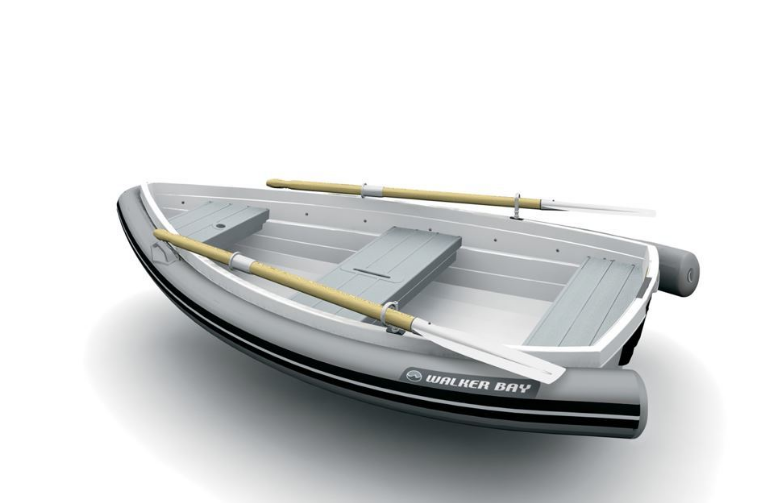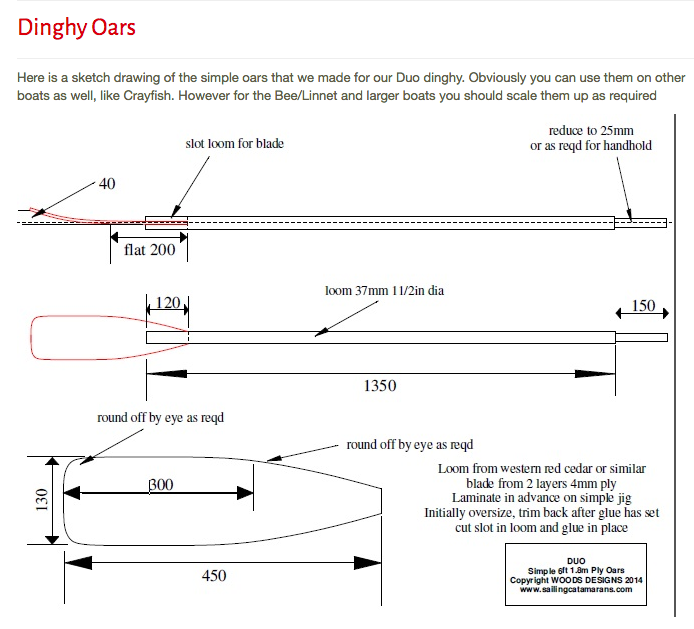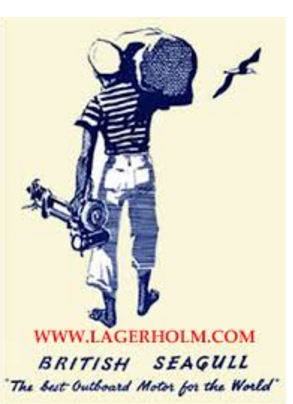Dinghy
Advanced Rowing with Havilah Hawkins, Part 1 – Techniques and Maneuvers
The Walker Bay dinghy is absolutely the best idea to have come along in long time. Is this not the best of both worlds? A rigid dinghy with RIB stability? At least moving in that direction.
Chameleon Nesting Dinghy Contact: dtgreene@ibl.bm
French Boat Plans PDF of Clown
Woods 8′ Crayfish Yacht Tender
Lots of Free Stitch n Glue Plans
Oars
Donald Street writes in his book “The Ocean Sailing Yacht” that oars must have flex in them and that they must be twice the beam of the dinghy plus 6 inches (150mm). Oars are best made from Ash. The shaft should be 1 1/2″ (38mm) diameter tapering down to 1 1/8″(28mm) just above the blade. The blade should be 4 1/2″ (114mm) wide and 24″ (610mm) long, tapering in thickness from 1 1/8″ (28mm) at the shaft to 3/8″ (10mm) at the tip.
This means for the Penguin tender that the oars should be 9’8″ (2388mm) long. i’m sure that most dinghys meant for rowing don’t have oars that long, and maybe that is why everyone wants an outboard. Could it be that it is collective ignorance?
The blades of the Street oar are narrower and longer than that of the Woods oar above. The shaft (loom) is tapered in the Street oar, but cylindrical in the Woods oar. The Woods oar is 1800 mm long for the Duo dinghy and the Street oar works out to 2388mm for the Penguin dinghy. Since the Penguin dinghy is wider than the Duo dinghy, that makes sense. The Woods oar surely is long enuf for the beam of the dinghy as Street’s oar length (2 x beam plus 6″) for the Duo works out to 1450mm.


